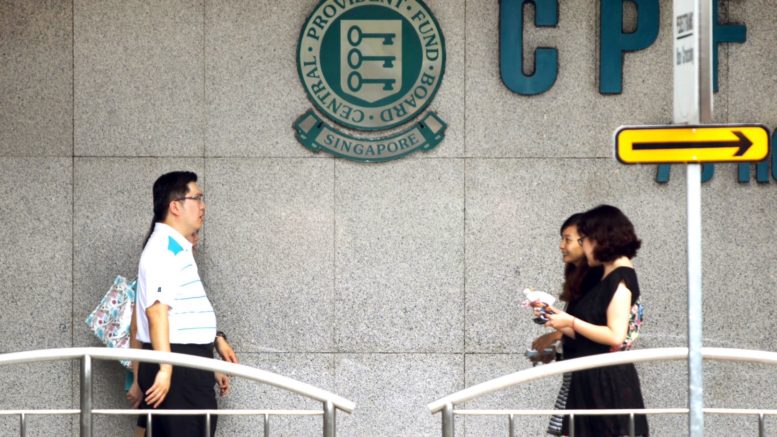The interest rates on our CPF accounts are very good and fair
I refer to the article “MAS’ net profit declines to S$5.3 billion due to strong Sing dollar” (Channel NewsAsia, Jul 4).
It states that “The Monetary Authority of Singapore (MAS) made a net profit of S$5.3 billion in the previous financial year, according to its annual report for FY2017/18 released on Wednesday (Jul 4).
The figure, which excludes a S$1.1 billion contribution to the Consolidated Fund, is lower than last year’s record net profit of S$24.3 billion as negative currency translation effects partially offset interest income and investment gains.”
As to “For the year that ended Mar 31, 2018, MAS made a gain of S$8.5 billion from the investments of its official foreign reserves (OFR).
At the end of Mar 2018, MAS held S$376.5 billion of OFR on its balance sheet” – does it mean that the annualised return for the last year was about 2.3% per anuum ($8.5 divided by $368 billion ($376.5 – $8.5 billion))?
Does this also mean that the CPF interest rates at 2.5% (Ordinary Account), 4% (Medisave, Special and Retirement Accounts), 5% (on the first $60,000) and 6% (on the first $30,000 from age 55), are very good and fair, compared to the 2.3%?
“While the OFR recorded “strong” gains of S$22.3 billion as global markets continued to rally, S$13.8 billion of negative currency translation effects was incurred as the Singapore dollar strengthened against the US dollar and the Japanese yen.
This compared with the investment gain of S$30.1 billion made during FY2016/17, helped by higher investment returns and the depreciation of the Sing dollar against some major currencies.
“The best way to interpret the number is to look at the 10-year average (which is a) good judgment of the kinds of investment gains that MAS is making over a long-term period. Year to year, there will be fluctuations.”
Over the last 10 financial years, investment gains, derived after stripping out currency translation effects, averaged S$12.1 billion per annum, according to the annual report.
This is invested in a well-diversified portfolio, comprising different asset classes across various geographies, for good long-term returns and resilience across market conditions.
About three-quarters of the MAS’ portfolio are denominated in the US dollar, euro, yen and British pound, with the greenback forming the bulk. Investment-grade bonds in the advanced economies form the largest allocation in the portfolio, said the central bank.”
Leong Sze Hian
